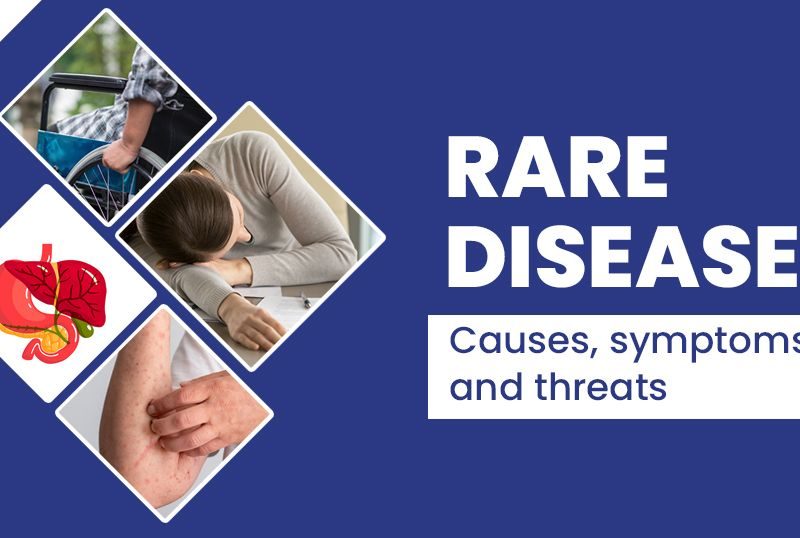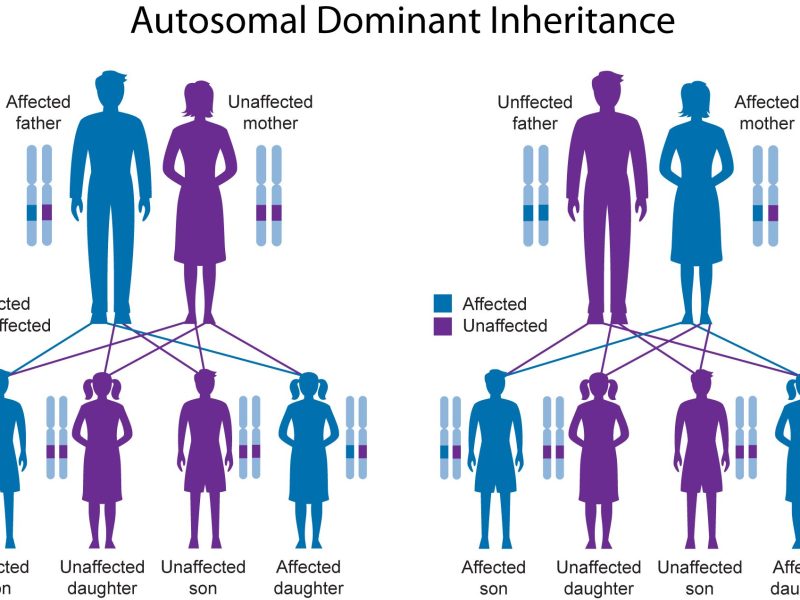Tooth whitening: different methods for brilliant white teeth
When two strangers face each other for the first time, the brain forms a first impression – positive or negative – within only seven seconds.
This creates a basic attitude, which is extremely difficult to revise later on. In general, it is above all body language that determines the outcome of an encounter.
This includes smiling, a method that is the same and understood worldwide. The more radiant it is, the more sympathetic the person appears.
However, discolored or even broken teeth can easily ruin the first good impression. They create the impression of unkemptness, which is automatically related to a person’s overall attitude.
Tooth bleaching with the help of the dentist
Professional teeth whitening can be the solution for discolored teeth. It is an alternative that is becoming increasingly popular.
Unfortunately, not all dentists offer tooth whitening, so you are usually left to your own devices when it comes to choosing a method and using it effectively.
For example, we recommend a dentist in Constance who, in addition to the so-called “tooth whitening”, also offers a “tooth whitening” service. in-office bleaching and home bleaching also offers hybrid bleaching.
This is a combination of professional tooth whitening at the dentist’s and further applications at home until the desired result is achieved.
The advantage of consulting an experienced dentist is the comprehensive consultation that takes into account all individual aspects before starting to whiten the teeth.
A competent dentist recommends tooth whitening that is personally tailored to the patient and has tips ready for successful use.
Various causes of tooth discoloration
Tooth discoloration often occurs with age. As tooth enamel becomes thinner over the course of life, it loses its ability to protect the teeth. But nicotine, coffee, tea and red wine also leave their mark.
It is not easy to completely avoid certain foods and stimulants. This is especially true for smokers, who usually find it difficult to control their addiction.
Once the teeth are discolored, bleaching can be a remedy. There are different methods, the goal is always the same: a radiant white set of teeth.
In-office bleaching
This is a gentle and completely painless procedure carried out directly in the dental practice. Dentists who offer in-office bleaching have a UV lamp and a special bleaching gel ready for this purpose.
During application, the tooth necks and gums are covered with a UV-curable rubber dam. It helps to avoid hypersensitivity symptoms of the gums and the tooth itself.
In-office bleaching promises very good results in a short period of time. Basically, a treatment lasts about one to one and a half hours.
Home bleaching
In this method, the dentist produces an individual bleaching tray in the laboratory, which is used in combination with a 10% bleaching gel. It must be worn at home for several hours for the procedure to be successful.
Experienced medical professionals usually prefer in-office bleaching to home bleaching. The reason is that in many cases the bleaching gel escapes sideways. This can cause irritation to the neck of the tooth and gums.
Hybrid bleaching
This variant has developed from the two aforementioned bleaching options. The first treatment takes place in the dentist’s office. Patients do the rest in the comfort of their own home – usually it takes about two weeks.
After the initial treatment, the dentist also prepares a plastic tray, which is filled with bleaching agent. Depending on the arrangement, this must be worn a few hours before going to bed or even whole nights.
Hybrid bleaching achieves comparable results to in-office bleaching. The shelf life is about one year.
Bleaching strips
When using these products, which can be purchased over-the-counter, it is not possible to avoid a visit to the dentist. Before they are used, a professional teeth cleaning must first be performed.
It is a basic requirement for the effectiveness of the bleaching strips. Nevertheless, many people prefer this tool because of its ease of use.
The strips are simply stuck on the teeth and carefully pressed on. Touching the gums should be avoided.
The application time depends on the manufacturer’s instructions; after the strips have been removed, the teeth must be thoroughly cleaned.
The disadvantage of whitening strips is that they often do not cover all teeth. In addition, the interdental spaces are not affected by the whitening process.
Bleaching gel
As with the dentist, a tray is necessary for the application of commercially available bleaching gels. The positive aspect of a custom-made product is thus eliminated.
At home, the splint is filled with gel itself and then inserted. It is important to observe the specified application time in each case. Otherwise the intended result is not to be expected.
Treatment with whitening gel requires careful execution. Whereas in the dentist’s office great care is taken to ensure that the gums and lips do not come into contact with the brush, at home it is entirely in the hands of the user.
Until the teeth are visibly whitened, the tray must be applied several times. Users report quite satisfactory effects, but also a relatively short duration.
Bleaching pen
The bleaching pen is considered inexpensive and uncomplicated to use. However, it is not easy to leave the mouth open during the recommended exposure time.
However, since the lips must not come into contact with the pen, this aspect plays a major role. After treatment, the teeth and interdental spaces must be thoroughly cleaned.
The disadvantage is that the desired success usually takes a long time. Furthermore, the whiteness does not last long, so the method must be repeated regularly.


